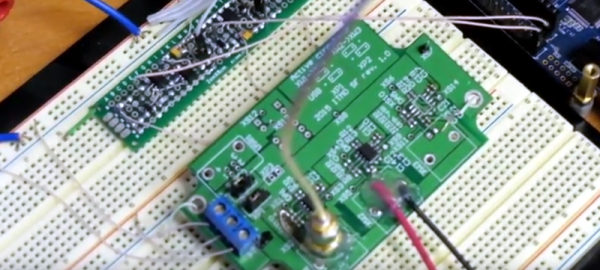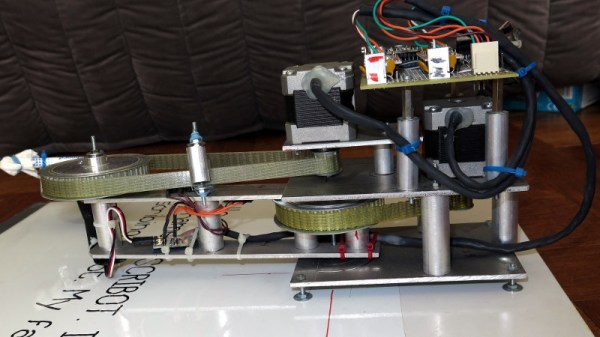For several years now, a more energy-efficient version of Bluetooth has been available for use in certain wireless applications, although it hasn’t always been straightforward to use. Luckily now there’s a development platform for Bluetooth Low Energy (BLE) from Texas Instruments that makes using this protocol much easier, as [Markel] demonstrates with a homebrew video game controller.
The core of the project is of course the TI Launchpad with the BLE package, which uses a 32-bit ARM microcontroller running at 48 MHz. For this project, [Markel] also uses an Educational BoosterPack MKII, another TI device which resembles an NES controller. To get everything set up, though, he does have to do some hardware modifications to get everything to work properly but in the end he has a functioning wireless video game controller that can run for an incredibly long time on just four AA batteries.
If you’re building a retro gaming console, this isn’t too bad a product to get your system off the ground using modern technology disguised as an 8-bit-era controller. If you need some inspiration beyond the design of the controller, though, we have lots of examples to explore.

















